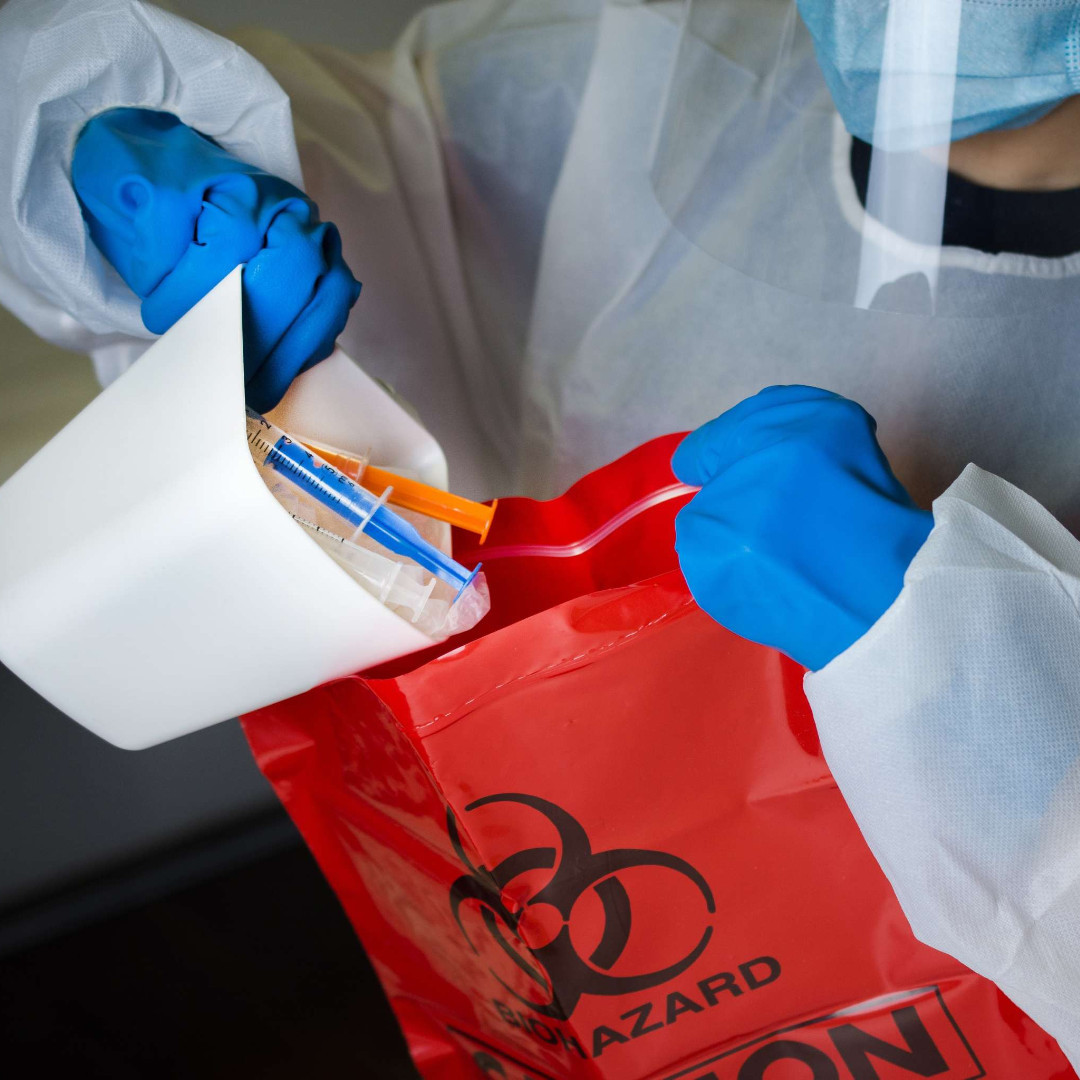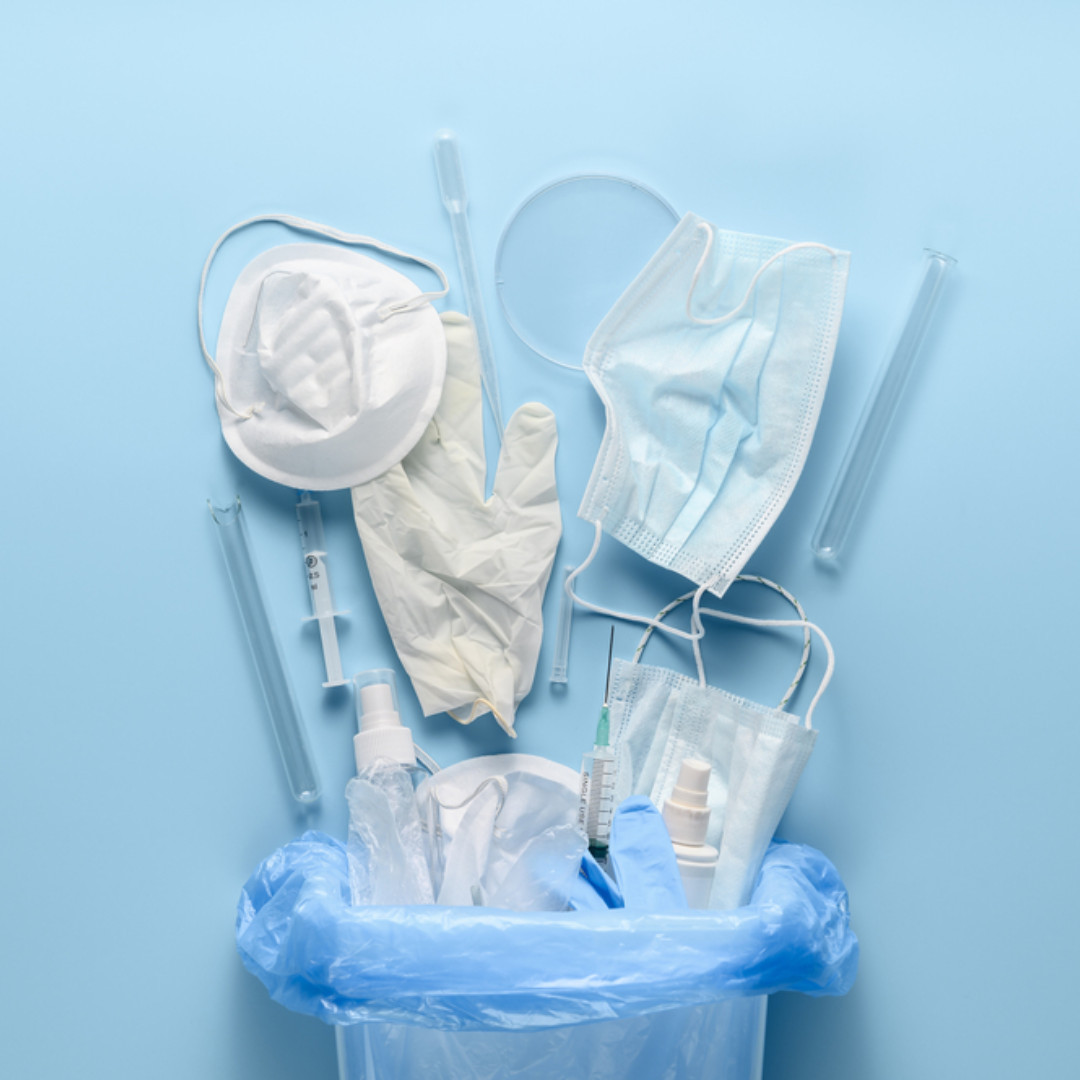According to a survey done in 2017, which is conducted on a large sample of Americans by Consumer Reports, about 30% of Americans did not clean out their medicine cabinets for over a year and nearly 20% have not done so in the last 3 years. Additionally, most Americans do not know how to clean their medicine cabinets correctly. Those unused and expired medicines not only add clutter to our closets but also may cause accidental poisonings and harm the environment. So, let’s go through this article to learn the proper methods of drug disposal.
What do we mean by the disposal of medication?
The disposal of medication is a method to safely discard any drugs. Here are the steps to take when discarding undesirable drugs:
The decision, regarding what needs to be done to the unwanted drugs as they can be harmful.
Approval, from the concerned authority of the country.
Planning, in terms of budget, essential expertise, manpower, professional time, space, equipment, material, and available disposing options.
Forming work teams, comprising pharmacists and medical employees.
Health and safety of work teams, such as proper protective gear, including boots, gloves, masks, and caps for their safety.
Sorting, to distinguish the drugs into separate categories, in which different discarding procedures are assigned.
Proper Disposal, based on circumstances to formulate the easiest, safest, and most practical choices.
Security, with the use of controlled drugs like narcotics and psychotropics. Necessary measures must be taken to stop diversion during the sorting of drugs from dumps.
Get rid of unwanted medications at home:
Return Medications: many pharmacies and hospitals have programs that take back unused drugs.
Disposal Kiosk: In almost all the states, there are Walgreens’ free, anonymous, secure kiosks that allow the disposal of any medication.
Trash Them: before throwing the drugs into the trash, people must take the following steps:
Make the medicines unappealing: It is advisable to mix any unwanted medicines with something unappealing to keep people and animals at bay.
Protect: Collect all the unwanted or expired medicines and put them in a sealed container.
Get rid of it: throw it (sealed container) in the trash.
Delete personal details: A marker can be used to erase all personal data from the used containers.
Usually, all the medicines, whether prescribed ones or over-the-counter, can be disposed of into the household trash unless otherwise specified on the label.
Flushing: If none of the above choices are feasible and or for drugs, like opioids, the FDA recommends flushing them down the toilet.
Still, one of the best ways to dispose of medication is to bring it to a take-back location, pharmacy, hospital, or health department near you. Additionally, even when it’s already empty you must always keep medications in a locked medicine cabinet to protect them from children and pets until you are ready to dispose of them. According to the FDA, if there are no drug take-back programs nearby, there are a few drugs that could be flushed down via the toilet.
Disposal methods based on their category
Discarding semi-solids, solids, and powder: They should be dumped by utilizing various techniques like waste encapsulation, waste inertization, medium, and high-temperature incineration respectively.
Discarding Liquids: Readily biodegradable organic material, like liquid vitamins, non-toxic solutions of different concentrations of certain salts, amino acids, lipids, or glucose, may be diluted and flushed into a sewer.
Discarding Ampoules: Ampoules are made up of glass and can be broken down on a concrete or drum using a hammer. Protective gear, such as boots, clothing, goggles, and gloves should be worn before breaking them. The broken glass should be collected carefully and placed in a container that’s specifically designed for sharp objects. The container should then be sealed, and then disposed of according to the local guidelines. Do not burn them as there is a risk of will explosion.
Discarding Anti-infective drugs: They should not be eliminated in an untreated form. As most of them are hazardous, they are best incinerated or encapsulated. Liquid anti-infective drugs are first diluted in water and left for two weeks, then disposed of in the sewer.
Discarding controlled substances: All medications that could be used by drug addicts are usually destroyed under the supervision of the police in some jurisdictions.
Disposal of controversial drugs: Controversial drugs are those associated with substance abuse and prohibited drugs, which must receive special attention at their disposal. In some countries, the police might seize such drugs as contraband, and then destroy them. The disposal of such drugs is challenging for governments.
The U.S. Food and Drug Administration has provided a list of medications that could be flushed down the toilet if no other options are available. These medications include controlled substances that are dangerous to pets and other people in the home. They should be disposed of immediately when no longer needed. For example, Dilaudid (hydromorphone hydrochloride) tablets, fentanyl patches, and morphine sulfate oral solution.
Discarding Antineoplastics: As we know, antineoplastic drugs can kill or stop the growth of living cells, which is why they are used in the chemotherapy of cancer. If the unwanted drugs are discharged into the environment, they can have very serious effects, such as killing bacteria in the sewage, aquatic life, and various life forms. Hence, they must be safely disposed of.
At first, such drugs should be separated from other pharmaceuticals and kept separately in marked containers. Then, they can be safely packaged and returned to the supplier for disposal.
Discarding Disinfectants: Disinfectants do not have an expiry date, so they can be stored and gradually used over time; there is no real need to dispose of them. However, they must be stored safely. Flushing down disinfectants is not recommended as they may kill the bacteria in the sewers that are needed to break down waste.
Certain disinfectants like Lysol with strong bactericidal and antiviral activity may still be useful even after their expiration dates and could still be used for general cleaning purposes.
It is unwise to dispose of large quantities of disinfectant into watercourses since the disinfectants will damage aquatic life. Nevertheless, a small quantity of diluted disinfectant may be flushed down the sewer under the supervision of a pharmacist. The quantities are strictly controlled to set limits.
Discarding needles and syringes: It is important to appropriately discard syringes and needles to prevent cuts or punctures. They can be destroyed by doing these steps: Instantly put the used needles or syringes into a sharps disposal container. Keep those containers in a safe place–out of reach from children and animals. Never overfill sharp-discarding container. When traveling, always take a travel-size sharp discarding bottle.
The sharp disposal containers can be obtained by contacting the pharmacy that dispensed the injectable medicine. Injectable products include needles and pen needles, syringes, autoinjectors and pens (pre-filled devices), vials containing an injectable product, insulin medicines, etc.
How to dispose of sharp medical instruments may vary from country to country, so one should follow the local guidelines. The patient could also try to get a sharps disposal container that could be returned after use for proper disposal. In the case this option is not available, the used sharps should be dropped at special collection sites.
Discarding inhalers: If the Inhaler commodities are discarded inappropriately, it can be risky. It’s also dangerous if they are thrown into a fire or punctured during disposal. One can call their local trash disposing center to know the best technique used in their locality to discard inhalers or any aerosol products. People should read instructions on the labeling and follow local regulations and laws regarding the disposal of aerosol products. Still, some inhalers can be disposed of or recycled.
References
“Biomedical Waste: Its Effects and Safe Disposal“, Environmental Waste Management, CRC Press, pp. 95–108, 2016-04-19, doi:10.1201/b19243-8, ISBN 978-0-429-08348-8, retrieved 2020-12-31
“Pharmaceutical Waste Compliance For Healthcare Facilities” (PDF). The Official WebsiteHealthcaretate of New Jersey.
Jaseem, Mohammed (2017). “An Overview of Waste Management in Pharmaceutical Industry” (PDF). The Pharma Journal.
“Unused Pharmaceuticals in the Healthcare Industry: Interim Report” (PDF). The United States Environmental Protection Agency.
Office of the Commissioner. “Consumer Updates – How to Dispose of Unused Medicines“. fda.gov.
This post was first shared on Gilmore Health News, Ways to Dispose of Medications Safely and Legally, on March 25, 2021.











